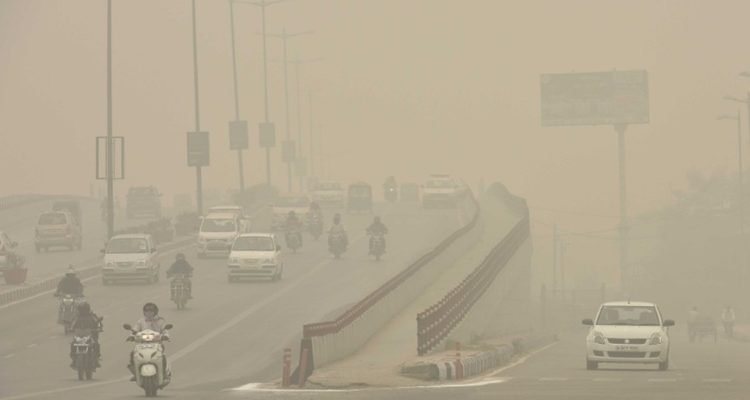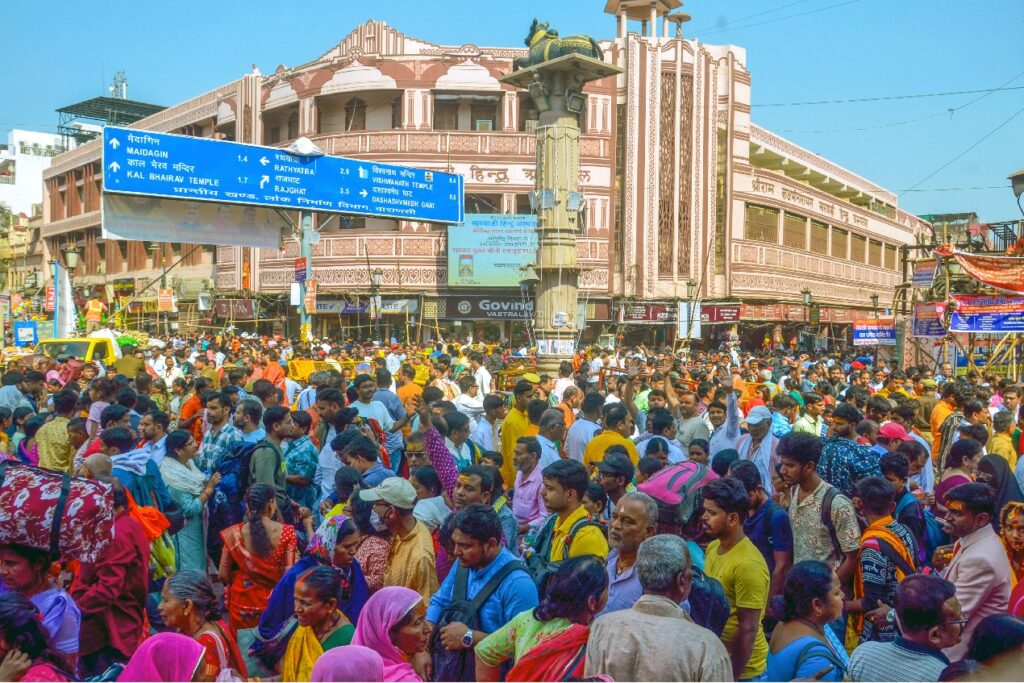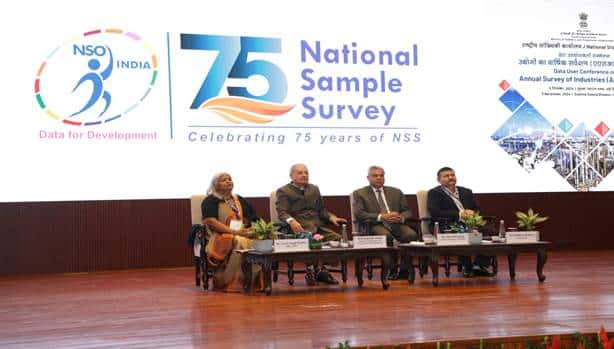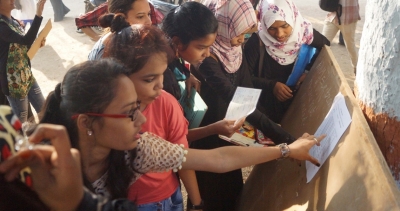Cold wave conditions continue to grip several parts of Northern India

Meanwhile, the air quality in several parts of Delhi remained in the ‘very poor’ category, as per Central Pollution Control Board (CPCB) data.
India Meteorological Department (IMD) has said that the severe day cold conditions are likely to continue over some parts of Punjab, Haryana, Uttar Pradesh, and Rajasthan during the next two days. IMD said that dense to very dense fog conditions are likely over some parts of the plains of the Northwest and Eastern parts of the country during the next 2-3 days.
It said the minimum temperatures are likely to rise by 2 to 3 degrees celsius over many parts of Central and East India during the next 3 days.
IMD has said that very dense fog conditions were observed this morning over Haryana, Western Uttar Pradesh, and Eastern Madhya Pradesh. It said, dense Fog was observed in some pockets over Rajasthan, Eastern Uttar Pradesh, Bihar, Jammu, and Western Madhya Pradesh, and also in isolated pockets over Punjab and Delhi. At 5.30 this morning, Visibility was recorded 25 metres at Ambala in Haryana, Bareilly in Uttar Pradesh, and Sagar in Madhya Pradesh.
In Amritsar in Punjab, Palam in Delhi, and Churu in Rajasthan, visibility was recorded at 50 metres. Jaipur, Ajmer, Kota, Udaipur in Rajasthan, Bahraich and Gorakhpur in Uttar Pradesh, and Gaya and Purnea in Bihar also recorded 50 metres visibility.
Meanwhile, the air quality in several parts of Delhi remained in the ‘very poor’ category, as per Central Pollution Control Board (CPCB) data. Earlier, the IMD also issued a health advisory to the public warning against lung-related health impacts due to dense fog and cold wave.
“Dense fog contains particulate matter and other pollutants and in case exposed it gets lodged in the lungs, clogging them and decreasing their functional capacity which increases episodes of wheezing, coughing and shortness of breath,” the IMD said.
Warning against eye irritation, IMD said that pollutants in the air if exposed may tend to irritate the membranes of the eye causing various infections leading to redness or swelling of the eye









